 The housing market is often a good indicator of the level of confidence in an economy. Prior to the credit crunch, there had been a house price bubble and as the financial crisis began and economies plunged into recession, house prices began to fall significantly. In the last few months, the housing market has begun its recovery and data from the ONS shows average property prices up by 5.4% across the UK in November, compared with a year earlier.
The housing market is often a good indicator of the level of confidence in an economy. Prior to the credit crunch, there had been a house price bubble and as the financial crisis began and economies plunged into recession, house prices began to fall significantly. In the last few months, the housing market has begun its recovery and data from the ONS shows average property prices up by 5.4% across the UK in November, compared with a year earlier.
When we analyse the housing market, or any market, we have to give attention to both demand-side and supply-side factors. It is the combination of these factors that yields the equilibrium price. For most people, buying a house will represent their single biggest expenditure and so there are many factors that need to be considered.
The demand for housing is affected by incomes, by the availability of mortgages, the rate of interest and hence the cost of mortgages. Speculation also tends to be a key factor that influences the demand for houses, as people may buy houses if they believe that prices will soon rise. Of course, simply by responding to expectations about future price changes causes the price changes to happen – a classic case of self-fulfilling speculation.
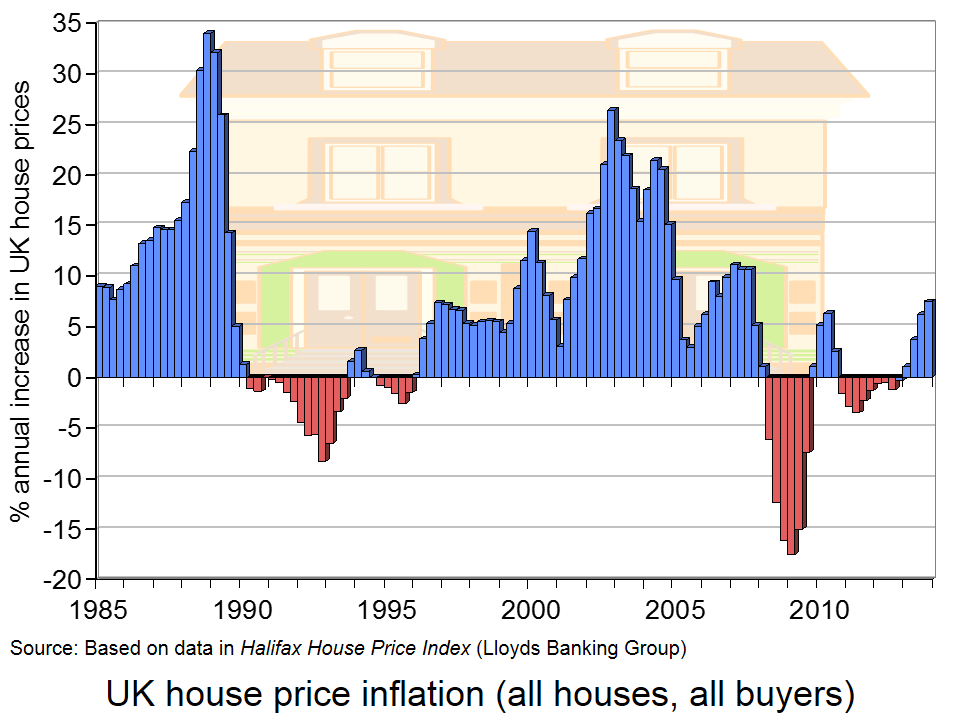 The availability of mortgages has been one of the biggest factors increasing the demand for and hence price of houses in recent months. More individuals have been able to get onto the property ladder and, with confidence returning to the market, these factors have caused a rightward shift in the demand for owner-occupied houses.
The availability of mortgages has been one of the biggest factors increasing the demand for and hence price of houses in recent months. More individuals have been able to get onto the property ladder and, with confidence returning to the market, these factors have caused a rightward shift in the demand for owner-occupied houses.
Another key factor has been the growth in the demand for housing as an investment opportunity, in particular from the global super rich. This has been of particular concern in London, where there are fears of a housing bubble developing and of lower-income households being priced out of the market.
At the same time, there has been a growth in the supply or housing and thus a rightward shift of the supply curve. Ceteris paribus, this would push down average prices. However, the data suggest that house prices, especially in London, have increased, implying that the impact on price of the increase in demand has more than offset the downward force in prices from the increase in supply. Part of this can be explained by the demand-side factor of an increase in demand for top-end properties, which ‘has been distracting developers from the need for more affordable accommodation.’ When asked about the changes observed in the London housing market, Civitas said:
London is one of the most – if not the most – attractive property markets for international investors all over the world. It is also at the centre of an affordability crisis in the UK which is having serious consequences for younger people and the less well-off…For too many it [investment at the top end of the market] is providing financial shelter rather than human shelter.
With the upward pressure on house prices, many are now warning of another bubble developing in London. When comparing house prices in London with a Londoner’s income, Ernst and Young found that house prices were 11 times average annual income. Data like this were last seen prior to the financial crisis and it is this which has led to concerns of a post-crisis bubble.
There are suggestions that more action is needed to combat this bubble, such as imposing a limit in income multiples in relation to how much of a mortgage you are able to borrow. Another criticism levelled at the market is the government’s Help to Buy scheme, which critics argue is raising demand and pushing up prices, because there is no matched increase in supply.
So, with the rest of the market returning to some semblance of normality, it is currently just London showing signs of a bubble and we are all well aware of what the consequences might be if a bubble is allowed to grow and then eventually burst. The following articles consider the housing market.
Housing bubble forming in London, warns Ernst and Young BBC News (3/2/14)
London housing market shows new bubble sign – report Reuters, Andrew Winning (3/2/14)
Expert calls for stronger action to tame London housing bubble risks Independent (21/5/12)
London shows signs of house price ‘bubble’, experts warn The Telegraph, Scott Campbell (3/2/14)
Economic forecasters call for measures to cool down London’s property market The Guardian, Rupert Neate (3/2/14)
Think-tank calls for a ban on rich foreigners buying homes in London to puncture property bubble Mail Online, Lizzie Edmonds (2/2/14)
London property bubble to last until 2018 Sky News (3/2/14)
Questions
- What are the key factors that will affect (a) the demand for and (b) the supply of housing?
- Which factors explain why house prices in London have increased relative to prices across the country? Identify which factors are demand-side and which are supply-side.
- How has Help to Buy affected the housing market?
- What government policies could be implemented to ‘puncture’ the bubble?
- Why is a housing bubble a problem?
- Why has a house price bubble not emerged in the rest of the UK?
 It is rising inflation that typically causes problems for countries, whether it is demand-pull or cost-push. However, one country that has not been subject to problems of rising prices is Japan. Instead, this economy has been suffering from the gloom of deflation for many years and many argue that this is worse than high inflation.
It is rising inflation that typically causes problems for countries, whether it is demand-pull or cost-push. However, one country that has not been subject to problems of rising prices is Japan. Instead, this economy has been suffering from the gloom of deflation for many years and many argue that this is worse than high inflation.
Falling prices are popular among consumers. If you see a product whose price has fallen from one day to the next, you can use your income to buy more goods. What’s the problem with this? The Japanese economy has experienced largely stagnant growth for two decades and a key cause has been falling prices. When the prices of goods begin to fall over and over again, people start to form expectations about the future direction of prices. If I expect the price of a good to fall next week, then why would I buy now, if I can buy the same good next week at a lower price? 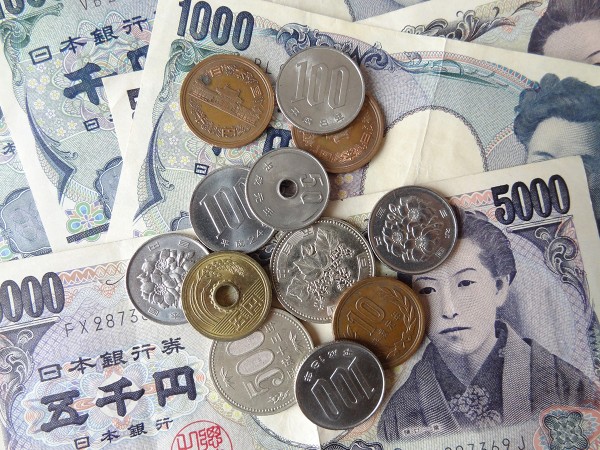 But, when next week arrives and the price has fallen as expected, why would I purchase the product, if I think that the price fall is set to continue? The problem of deflation is that with continuously falling prices, consumers stop spending. Aggregate demand therefore declines and economic growth all but disappears. This is the problem that the Japanese economy has been faced with for more than 20 years.
But, when next week arrives and the price has fallen as expected, why would I purchase the product, if I think that the price fall is set to continue? The problem of deflation is that with continuously falling prices, consumers stop spending. Aggregate demand therefore declines and economic growth all but disappears. This is the problem that the Japanese economy has been faced with for more than 20 years.
However, the latest data from Japan shows core consumer prices growing faster than expected in December 2013, compared to the previous year. This figure was above market forecasts and was the fastest rate of growth in the past 5 years. These data, together with those on unemployment have given the economy a much needed boost.
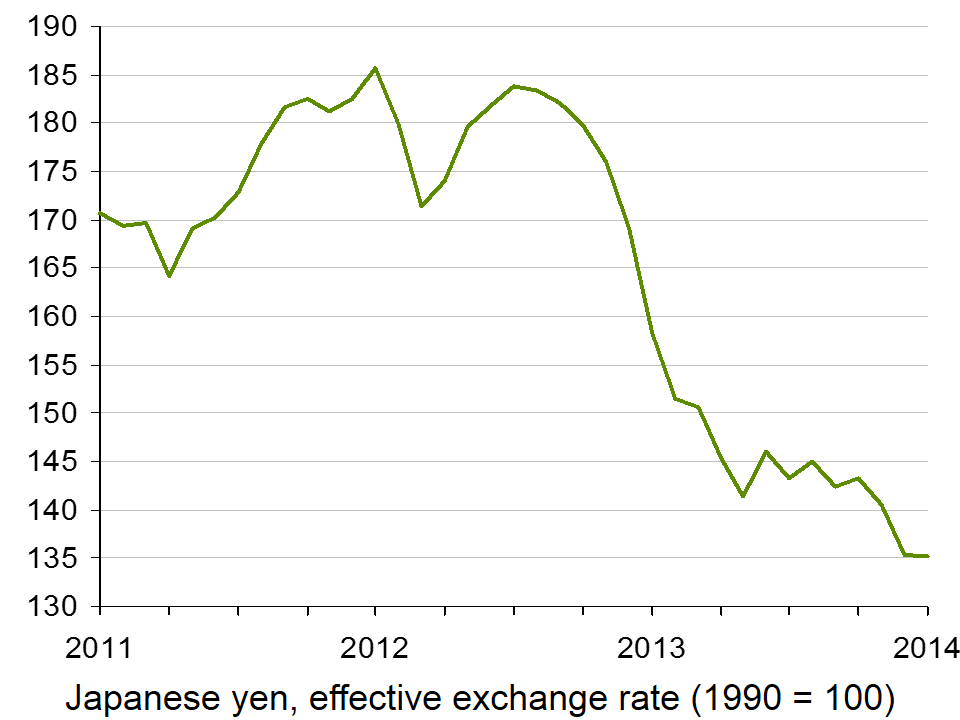 Recent government policy has been focused on boosts in government spending, with an aim of reducing the value of the currency (click here for a PowerPoint of the chart). Such policies will directly target aggregate demand and this in turn should help to generate an increase in national output and push up prices. If the price trend does begin to reverse, consumers will start to spend and again aggregate demand will be stimulated.
Recent government policy has been focused on boosts in government spending, with an aim of reducing the value of the currency (click here for a PowerPoint of the chart). Such policies will directly target aggregate demand and this in turn should help to generate an increase in national output and push up prices. If the price trend does begin to reverse, consumers will start to spend and again aggregate demand will be stimulated.
The future of the economy remains uncertain, though the same can be said of many Western economies. However, the signs are good for Japan and if the recovery of other economies continues and gathers pace, Japan’s export market will be a big contributor to recovery. The following articles consider the Japanese economy.
Japan inflation rises at fastest pace in over five years BBC News (31/1/14)
Benchmark Japan inflation rate hits 1.3% Financial Times, Jonathan Soble (31/1/14)
Japan’s inflation accelerates as Abe seeks wage gains Bloomberg, Chikako Mogi, Masahiro Hidaka and James Mayger (31/1/14)
Japan inflation quickens to over 5-year high, output rebounds Reuters, Leika Kihara and Stanley White (31/1/14)
Japaense inflation rises at fastest pace in over five years at 1.3% in December 2013 Independent, Russel Lynch (31/1/14)
 Why Abenomics holds lessons for the West BBC News, Linda Yueh (18/12/13)
Why Abenomics holds lessons for the West BBC News, Linda Yueh (18/12/13)
Questions
- Why is deflation a problem?
- Using an AD/AS diagram, illustrate the problem of expectations and how this contributes to stagnant growth.
- How will a lower currency help Japan?
- What is the likely effect of a sales tax being imposed?
- Does the fact that unemployment has declined support the fact that consumer prices are beginning to rise?
- What government policies would you recommend to a government faced with stagnant growth and falling prices?
- How important are expectations in creating the problem of deflation?
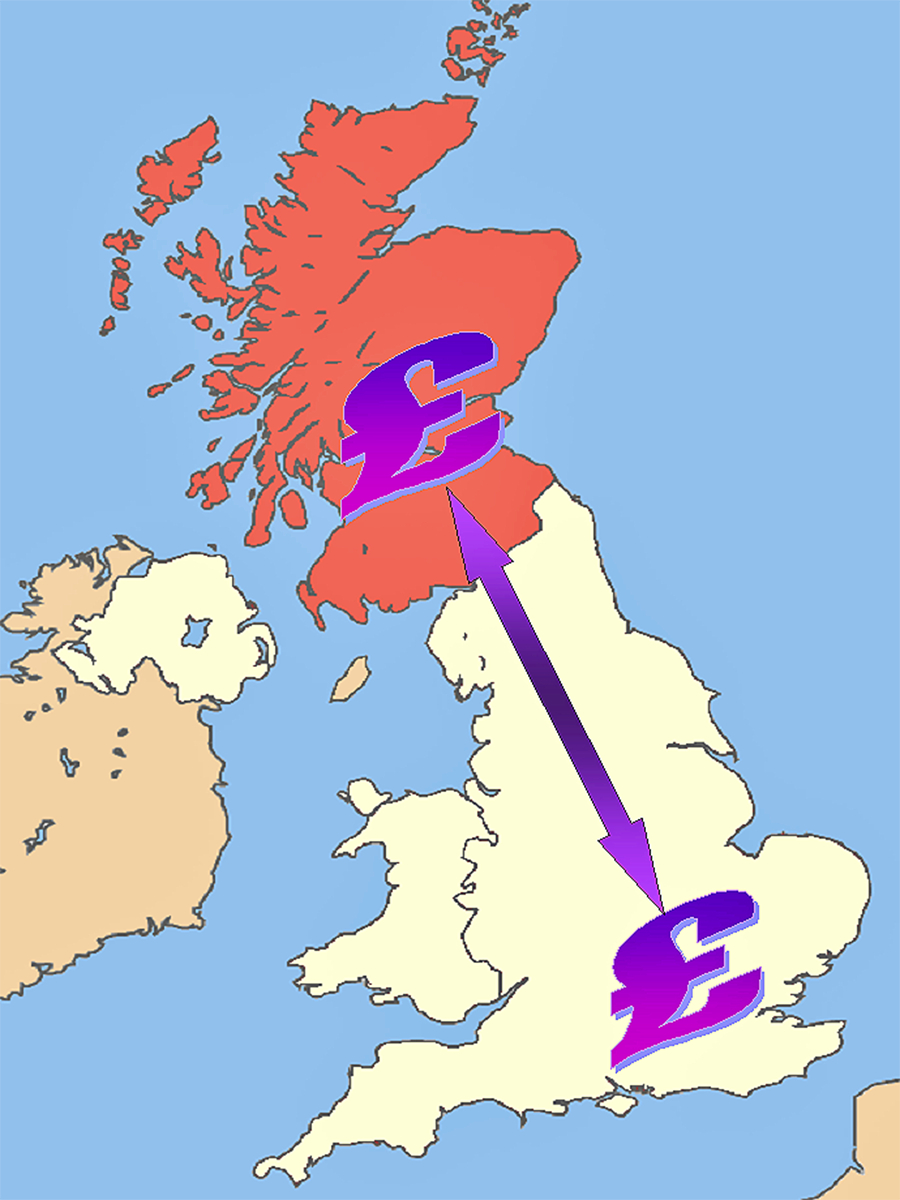 In a speech in Edinburgh, Mark Carney, Governor of the Bank of England, considered the implications of Scotland retaining the pound if the Scottish people vote yes for independence. His speech was intended to be non-political. Rather he focused on two main questions: first whether a currency union of Scotland and the rest of the UK (RUK) would be an optimal currency area; second how much economic sovereignty would need to be shared with RUK as a consequence of Scotland keeping the pound.
In a speech in Edinburgh, Mark Carney, Governor of the Bank of England, considered the implications of Scotland retaining the pound if the Scottish people vote yes for independence. His speech was intended to be non-political. Rather he focused on two main questions: first whether a currency union of Scotland and the rest of the UK (RUK) would be an optimal currency area; second how much economic sovereignty would need to be shared with RUK as a consequence of Scotland keeping the pound.
On the first question, Mark Carney argued that the current UK is close to an optimal currency area as there is a high degree of economic integration and factor mobility. Sharing a currency eliminates exchange costs, improves pricing transparency and hence encourages competition, promotes cross-border investment, improves the flow of technology and ideas, and increases the mobility of labour and capital.
But sharing a currency involves sharing a monetary policy. This would still be determined by the Bank of England and would have to geared to the overall economic situation of the union, not the specific needs of Scotland.
There would also need to be a banking union, whereby banks in difficulties would receive support from the whole currency area. In Scotland’s case, banking accounts for a very large proportion of the 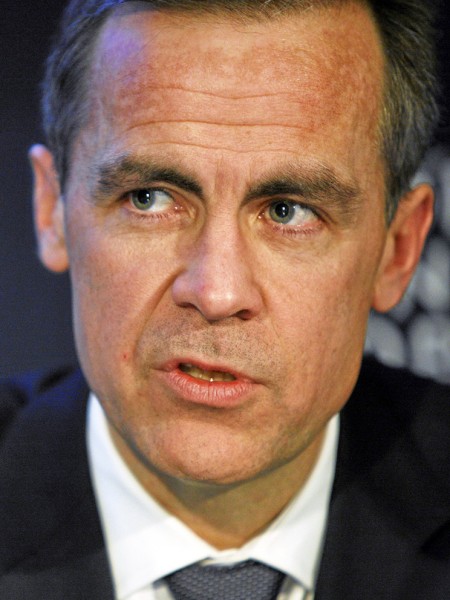 economy (12.5% compared with 4.3% for RUK) and could potentially place disproportionate demands on the currency union’s finances.
economy (12.5% compared with 4.3% for RUK) and could potentially place disproportionate demands on the currency union’s finances.
And then there is the question of fiscal policy. A shared currency also means pooling a considerable amount of sovereignty over taxation, government spending and government debt. This could be a serious problem in the event of asymmetric shocks to Scotland and RUK. For example, if oil prices fell substantially, Scotland may want to pursue a more expansionary fiscal policy just at a time when its tax revenues were falling. This could put a strain on Scotland’s finances. This might then require RUK to provide support from a common pool of funds, such as a ‘regional fund’.
Being in a currency union can amplify fiscal stress, and increase both the risks and consequences of financial instability. In the situation just described [a fall in demand for exports], fiscal policy would ideally help smooth adjustment to the external shock. But its ability to do so could be limited by the budgetary impact of the falls in output, prices and wages. To maintain credibility, fiscal policy may even become pro-cyclical, with the resulting austerity exacerbating the initial fall in demand. In the extreme, adverse fiscal dynamics could call into question a country’s membership of the union, creating the possibility of self-fulfilling ‘runs’ on bank and sovereign debt absent central bank support.6 Such adverse feedback loops turned recessions into depressions in several European countries in recent years.
A separate Scottish currency, by contrast, would, according to Carney, be a valuable shock absorber if domestic wages and prices were sticky.
For example, suppose demand for a country’s exports falls. All else equal, its output will fall, unemployment increase and current account deteriorate. With an independent currency, exchange rate depreciation can dampen these effects by improving competitiveness, and monetary policy can become more accommodative, supporting demand and employment. However, if the country were part of a currency area with its foreign market, its exchange rate would by definition not change, putting the full weight of adjustment on wages and unemployment – a significantly more protracted and painful process. In addition, the responsiveness of monetary policy to weak demand in that country would be diluted by the needs of the broader membership.
But despite the problems of ceding a degree of monetary and fiscal sovereignty, Scotland and RUK are well placed to continue with a successful currency union if Scotland becomes independent. Economic conditions are very similar, as are language, culture and institutions, and there is an effective banking union – assuming such a banking union were to continue post independence.
The existing banking union between Scotland and the rest of the United Kingdom has proved durable and efficient. Its foundations include a single prudential supervisor maintaining consistent standards of resilience, a single deposit guarantee scheme backed by the central government, and a common central bank, able to act as Lender of Last Resort across the union, and also backed by the central government. These arrangements help ensure that Scotland can sustain a banking system whose collective balance sheet is substantially larger than its GDP.
The desirability of Scottish independence is a normative question for the Scottish electorate to decide. Nevertheless, economists have an important part to play in informing the debate. Mark Carney’s economic analysis of currency union if the Scottish electorate votes yes is a good example of this.
Video of speech
 Speech at lunch hosted by the Scottish Council for Development & Industry, Edinburgh Bank of England, Mark Carney (29/1/14)
Speech at lunch hosted by the Scottish Council for Development & Industry, Edinburgh Bank of England, Mark Carney (29/1/14)
Text of speech
The economics of currency unions Bank of England, Mark Carney (29/1/14)
Articles, podcasts and webcasts
Independent Scotland would be forced to cede some sovereignty if it keeps pound, says Carney The Telegraph, Szu Ping Chan (29/1/14)
Scottish independence: Currency debate explained BBC News, Andrew Black (29/1/14)
Scottish independence: Key extracts from Mark Carney speech BBC News (29/1/14)
 Scottish independence: Carney says Scots currency plan may lead to power loss BBC News (29/1/14)
Scottish independence: Carney says Scots currency plan may lead to power loss BBC News (29/1/14)
The sterling price of Scottish independence BBC News, Robert Peston (29/1/14)
Independent Scotland ‘needs to cede sovereignty’ for currency union with UK The Guardian, Severin Carrell (29/1/14)
Mark Carney warns Scotland over currency union hopes Financial Times, Mure Dickie and Sarah O’Connor (29/1/14)
 How independent would Scotland really be? Channel 4 News (29/1/14)
How independent would Scotland really be? Channel 4 News (29/1/14)
BoE’s Mark Carney in currency sovereignty warning The Scotsman, Tom Peterkin (30/1/14)
Carney Says Scotland Must Heed Euro Crisis in Pound Debate Bloomberg, Emma Charlton and Jennifer Ryan (29/1/14)
 Independent Scotland ‘meets criteria’ for currency union BBC Today Programme, Gordon MacIntyre-Kemp and Iain Gray (29/1/14)
Independent Scotland ‘meets criteria’ for currency union BBC Today Programme, Gordon MacIntyre-Kemp and Iain Gray (29/1/14)
Scotland must play a high-stakes poker game with Westminster over the pound The Guardian Larry Elliott (12/2/14)
Questions
- What are the conditions necessary for a successful currency union?
- To what extent do Scotland and RUK meet these conditions?
- What are meant by asymmetric shocks? Give some examples of asymmetric shocks that could affect a Scotland–RUK currency union.
- Why is there a potential moral hazard in a whole currency union providing fiscal support to members in difficulties?
- Why is banking union such an important part of a successful currency union? What lessons can be learned here from the eurozone currency union?
- What constraints would currency union impose on Scottish fiscal policy? Would such constraints exist in an optimal currency area?
 A few months ago, in a post on this site I reported that the Competition Commission (CC) had completed their provisional investigation into the concrete and cement market in Great Britain. As I discussed, they concluded that coordination between the main cement producers was resulting in high prices. They are particularly concerned about the impact of high prices in this market because:
A few months ago, in a post on this site I reported that the Competition Commission (CC) had completed their provisional investigation into the concrete and cement market in Great Britain. As I discussed, they concluded that coordination between the main cement producers was resulting in high prices. They are particularly concerned about the impact of high prices in this market because:
Cement is an essential product for the construction and building sectors and the amount of such work that is funded by the public purse only underlines the importance of ensuring that customers get better value for money. We believe our measures can bring about a substantial, swift and lasting increase in competition in this economically vital market.
The next step was for the CC to consider how they could remedy the situation and hopefully improve competition in the market.
Earlier this month, the CC announced the remedies they intend to impose. Having previously suggested that they intended to impose hard-hitting measures, they have been true to their word. The market leader, Lafarge Tarmac, will be required to sell one of its cement plants to facilitate a new entrant into the market. According to Professor Martin Cave, the CC’s Deputy Chairman who led the inquiry:
We believe that the entry of a new, independent cement producer is the only way to disturb the established structure and behaviour in this market which has persisted for a number of years and led to higher prices for customers.
In addition, the CC is also putting in place measures to limit the publication of production data and price announcements. It is hoped that these measures will reduce transparency in the market.
However, Lafarge Tarmac disagrees with the sale they are being forced to make. This is in part because, as I discussed in the earlier post, they had previously been allowed by the CC to form a joint venture (JV) with one its main rivals:
We are disappointed that the Competition Commission has asked Lafarge Tarmac to divest another cement plant only a year after it allowed the creation of the JV. This is not reasonable or proportionate and we have not been given a fair opportunity to defend our position.
In addition, Lafarge Tarmac is quoted in the above article as suggesting that the end result of the CC’s intervention will be harm to consumers. It will be extremely interesting to monitor how this market develops.
Articles
Competition Commission confirms plan for new cement producer The Construction Index, (14/01/14)
Competition Commission improves competition in the UK. Again. Global Cement, (22/01/14)
Report
Aggregates, cement and ready-mix concrete market investigation, Final report, Competition Commission, (14/01/14)
Questions
- Why might the publication of production data and price announcements help to facilitate coordination between firms?
- Would you expect the new entrant or the measures to limit the publication of production data and price announcements to have more impact on competition in the market?
- Using a supply and demand model, describe the impact the CC’s intervention could have on the construction market.
 World markets were taken by surprise by a large rise in Turkish interest rates on 28/1/14. In an attempt to combat a falling lira and rising inflation, the Turkish central bank raised its overnight lending rate from 7.75% to 12%. Following the decision, the lira appreciated by over 3%.
World markets were taken by surprise by a large rise in Turkish interest rates on 28/1/14. In an attempt to combat a falling lira and rising inflation, the Turkish central bank raised its overnight lending rate from 7.75% to 12%. Following the decision, the lira appreciated by over 3%.
Since the start of this year, the Turkish lira had depreciated by 7.1% and since the start of 2013 by 22.8%. Along with the currencies of several other emerging economies, such as India and Brazil, speculators had been selling the Turkish currency. This has been triggered by worries that the Fed’s tapering off its quantitative easing programme would lead to a fall, and perhaps reversal, of the inflow of finance into these countries; in the worst-case scenario it could lead to substantial capital flight.
Consumer price inflation in Turkey is currently 7.4%, up from 6.2% a year ago. The central bank, in a statement issued alongside the interest rate rise, said that it would continue with a tight monetary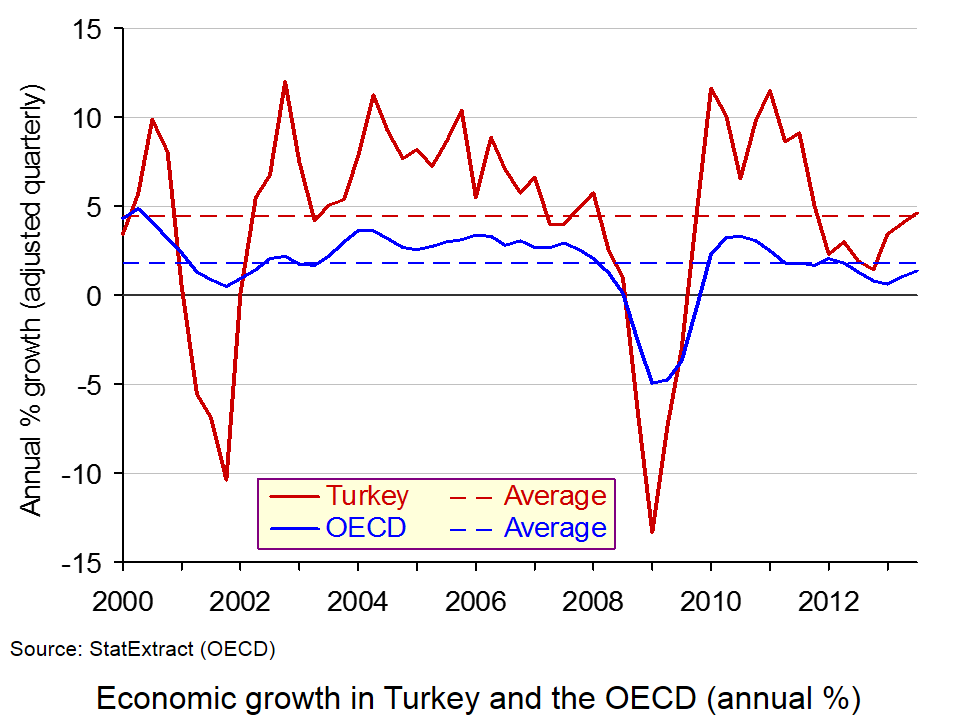 policy until the inflation outlook showed a clear improvement.
policy until the inflation outlook showed a clear improvement.
The Turkish Prime Minister, Tayyip Erdogan, has been opposed to rises in interest rates, fearing that the dampening effect on aggregate demand would reduce economic growth, which, as the chart shows, has been recovering recently (click here for a PowerPoint of the chart). A slowing of growth could damage his prospects in forthcoming elections.
World stock markets, however, rallied on the news, seeing the rise in interest rates as a symbolic step in emerging countries stemming outflows of capital.
Articles
Turkey raises interest from 7.75pc to 12pc The Telegraph (28/1/14)
Emerging markets forced to tighten by US and Chinese monetary superpowers The Telegraph, Ambrose Evans-Pritchard (28/1/14)
Turkey Gets Aggressive on Rates The Wall Street Journal, Joe Parkinson (28/1/14)
Turkish central bank raises lending rate to 12% BBC News (28/1/14)
Asian stock markets stage relief rally after Turkey rate rise BBC news (29/1/14)
Turkey raises rates to halt lira’s slide Financial Times, Daniel Dombey (29/1/14)
Turkey Rate Increase Stems Lira Drop as Basci Defies Erdogan Bloomberg Businessweek, Onur Ant and Taylan Bilgic (29/1/14)
Fragile economies under pressure as recovery prompts capital flight The Observer, Angela Monaghan (2/2/14)
Data
Main Economic Indicators (including Turkish data) OECD
Data on Turkey, World Economic Outlook database IMF
Turkey price indices Central Bank of the Republic of Turkey
Questions
- Why did the Turkish central bank decide to raise interest rates by such a large amount?
- Why has the Turkish lira been depreciating so much over the past few months? How has this been linked to changes in Turkey’s balance of payments and what parts of the balance of payments account have been affected?
- Why did global stock markets rally on the news from Turkey?
- What will be the impact of the central bank’s actions on (a) inflation; (b) economic growth?
- How has the USA’s quantitative easing programme affected developing countries?
 The housing market is often a good indicator of the level of confidence in an economy. Prior to the credit crunch, there had been a house price bubble and as the financial crisis began and economies plunged into recession, house prices began to fall significantly. In the last few months, the housing market has begun its recovery and data from the ONS shows average property prices up by 5.4% across the UK in November, compared with a year earlier.
The housing market is often a good indicator of the level of confidence in an economy. Prior to the credit crunch, there had been a house price bubble and as the financial crisis began and economies plunged into recession, house prices began to fall significantly. In the last few months, the housing market has begun its recovery and data from the ONS shows average property prices up by 5.4% across the UK in November, compared with a year earlier. The availability of mortgages has been one of the biggest factors increasing the demand for and hence price of houses in recent months. More individuals have been able to get onto the property ladder and, with confidence returning to the market, these factors have caused a rightward shift in the demand for owner-occupied houses.
The availability of mortgages has been one of the biggest factors increasing the demand for and hence price of houses in recent months. More individuals have been able to get onto the property ladder and, with confidence returning to the market, these factors have caused a rightward shift in the demand for owner-occupied houses.







